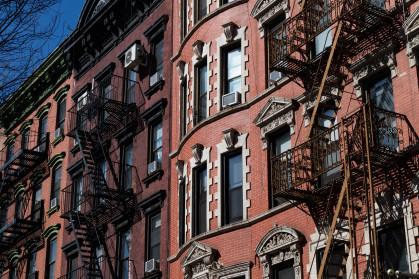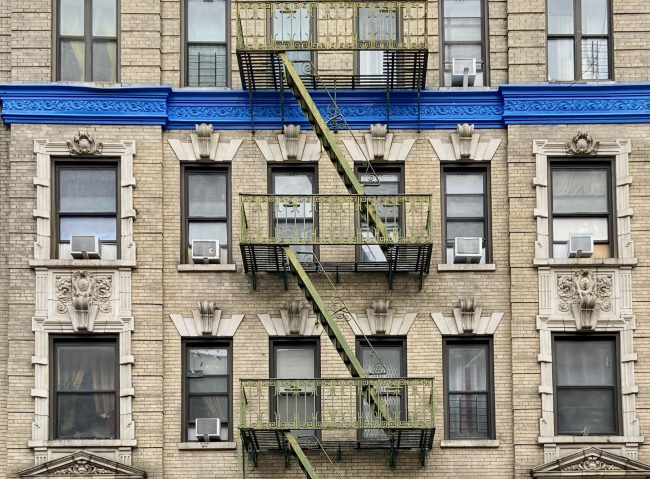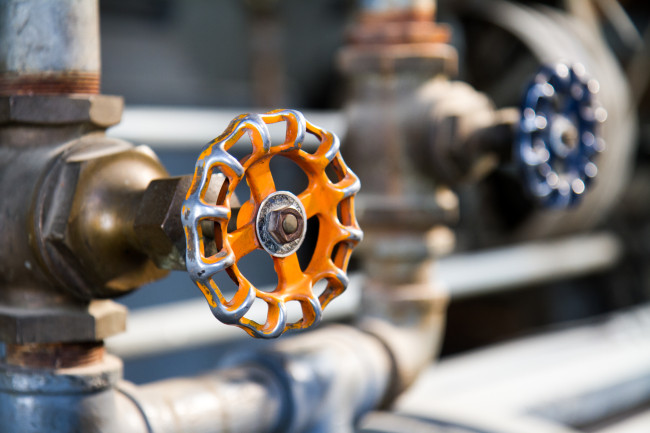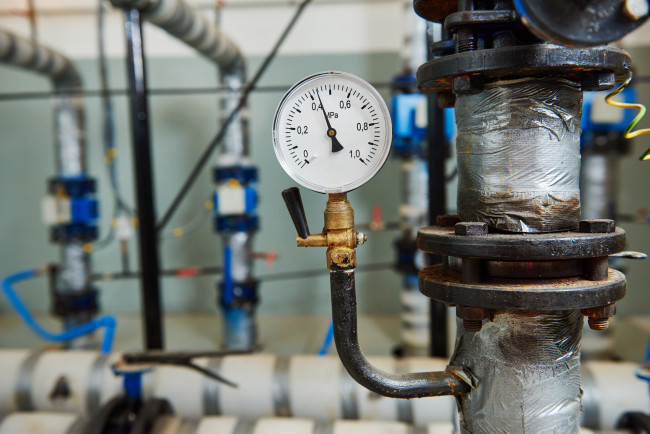- About a quarter of residential buildings need to cut emissions by less than 20 percent
- Less than 15 percent of buildings still need to cut emissions by 40 percent or more
- The findings come from Urban Green Council, an organization that promotes energy efficiency

A report from the Urban Green Council finds buildings needing to cut more than 40 percent of their carbon emissions are in the minority, accounting for about 15 percent of residential buildings.
iStock
Co-op and condo boards needing to comply with New York City’s carbon emission caps under Local Law 97 will be encouraged to know a third of NYC's multi-family buildings meet 2030 limits according to new data from Urban Green Council, an organization that promotes energy efficiency.
The data suggests about a quarter of residential buildings only need to cut emissions by less than 20 percent to meet the emission caps set for 2030. However, many residential buildings will still have to take action to meet the laws increasingly stringent energy efficiency requirements.
Urban Green’s latest study, reported by Habitat Magazine, finds that of the 27,000 buildings required to comply with Local Law 97, two-thirds are multi-family buildings and the vast majority of these buildings—70 percent—are smaller, low-rise apartment blocks. More than half of them are prewar construction, built before 1940 with steam heating systems. These are the buildings with the most work to do to cut emissions.
The study identifies four categories of buildings, ranging from those that are already compliant with 2030 emission caps, to those that still need to cut more than 40 percent of their carbon emissions. This last category is the minority, accounting for about 15 percent of residential buildings.
Figuring out which category your building falls in will help you start your path to compliance.
Buildings that are already 2030 compliant
Your building is more likely to meet the 2030 emission caps if it's a high rise built in the last 30 or 40 years. This category largely consists of condo buildings and makes up more than one third of all multi-family buildings. According to the report, owners and boards with buildings in this category should be focusing on projects aiming for full electrification.
Lawmakers want buildings to have net-zero carbon emissions by 2050 and the caps are adjusted incrementally to achieve that goal.
Buildings that require emission cuts of less than 20 percent
About one quarter of apartment buildings can reach their 2030 limits by reducing energy consumption by less than a 20 percent. This might involve insulating the roof, replacing windows, ensuring in-window AC units don't leak air, and switching out incandescent and halogen bulbs for LED ones.
Buildings that need to cut 20 to 40 percent of emissions
A quarter of apartment buildings have a "tough but doable" path to compliance according to the data. These buildings need to reduce emissions by 20 to 40 percent to comply with 2030 limits. This will typically include a package of retrofit projects over the coming years.
A good option if you live in one of these buildings is to install heat pumps to produce your hot water. Electrification of hot water is easier than switching out a steam heating system but steam balancing should also be a goal for these buildings. This is the regulation of temperature in a steam heating system for comfort and efficiency.
Buildings that need to cut over 40 percent of emissions
Less than 15 percent of buildings still need to cut emissions by 40 percent or more to meet 2030 emissions limits. Of the buildings in this group, half use fuel oil as their heating source. The report calls this category buildings with "leapfrog potential." In order to comply, these buildings will need to do more than insulate the roof and seal leaky windows—they need to take a big leap towards a greener future.
If this describes your building, typically a low-rise prewar construction, the recommended path to compliance is to start the expensive and complicated process of electrifying your heating. Replacing steam heating systems for electric heat pumps is a substantial cost. Start considering what incentives are available to your building and whether you qualify for green loans or PACE programing.
You Might Also Like
Sign Up for our Boards & Buildings Newsletter (Coming Soon!)
Thank you for your interest in our newsletter. You have been successfully added to our mailing list and will receive it when it becomes available.





















